| "Admiralty Arrow Antique Glass Bottles" | ||||||
|
|
|
|
|
|
||
Although the main purpose of this site is to share information on the glass and pottery bottles used by the British Military (and Commonwealth countries) , we felt there was some room to feature a limited number of other artifacts. All of the artifacts considered are possible candidates, or have been found within an archaeological context. These represent items lost or otherwise discarded from daily life.
| GLASS MILITARY ITEMS | ||
|
U.S. Navy Mustard This bottle was recovered from the bottom of Esquimalt harbour several years ago. Embossed U. S. NAVY on one side, MUSTARD on the other. The bottle is 13.7 cm height, eight-sided and 4.1 cm side to side. It is a hinge mould with no pontil likely dating to the 1860ís.
|
||
| BUTTONS | |||||||||||||||||||
|
Royal
|
|||||||||||||||||||
|
Bermuda archaeologist Chriss Addams, who has found a wide variety of British Military bottles in an archaeological context, has asked me to feature some of the buttons found in his excavations. These include a number of American Revolutionary Era war buttons that he is currently trying to identify. If you have any knowledge of these buttons, he would be happy to hear from you. Email Chriss at cgaddams@hotmail.com |
|||||||||||||||||||
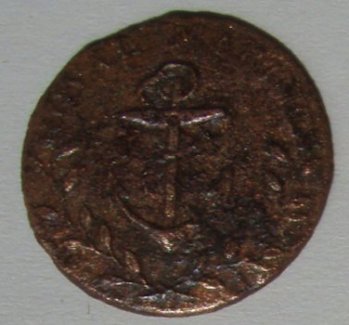 |
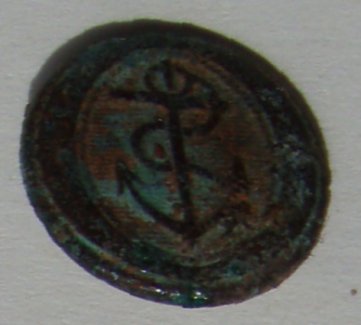 |
||||||||||||||||||
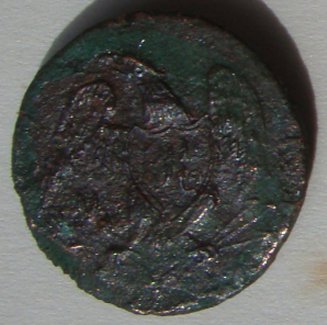 |
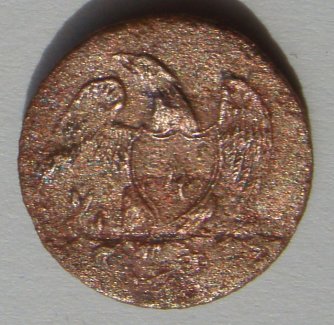 |
||||||||||||||||||
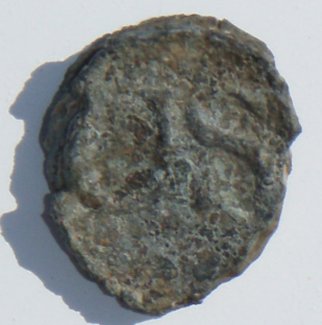 |
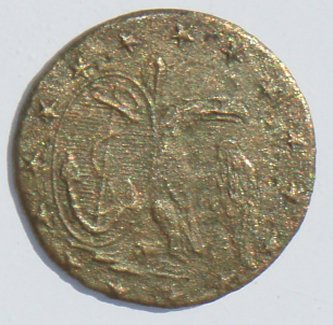 |
||||||||||||||||||
|
|||||||||||||||||||
| SILVER OF THE BRITISH MILITARY |
Itís
always interesting the things people save to show you when they know you have
an interest in broad arrow marked bottles. A
The
front of the spoon has the Royal Navy crest with the initials MS engraved. Edmund
Porcherís journal is published as ďA Tour of
Duty in the Pacific Northwest E.A. Porcher and the
H.M.S. Sparrowhawk, 1865-1868Ē edited and
annotated by Dwight L. Smith,
It
will always remain a mystery how or why this spoon with its clear naval
markings ended in a
 |
 |
 |
 |
 |
 |
 |
 |
If you have any questions, please feel free to Email us
